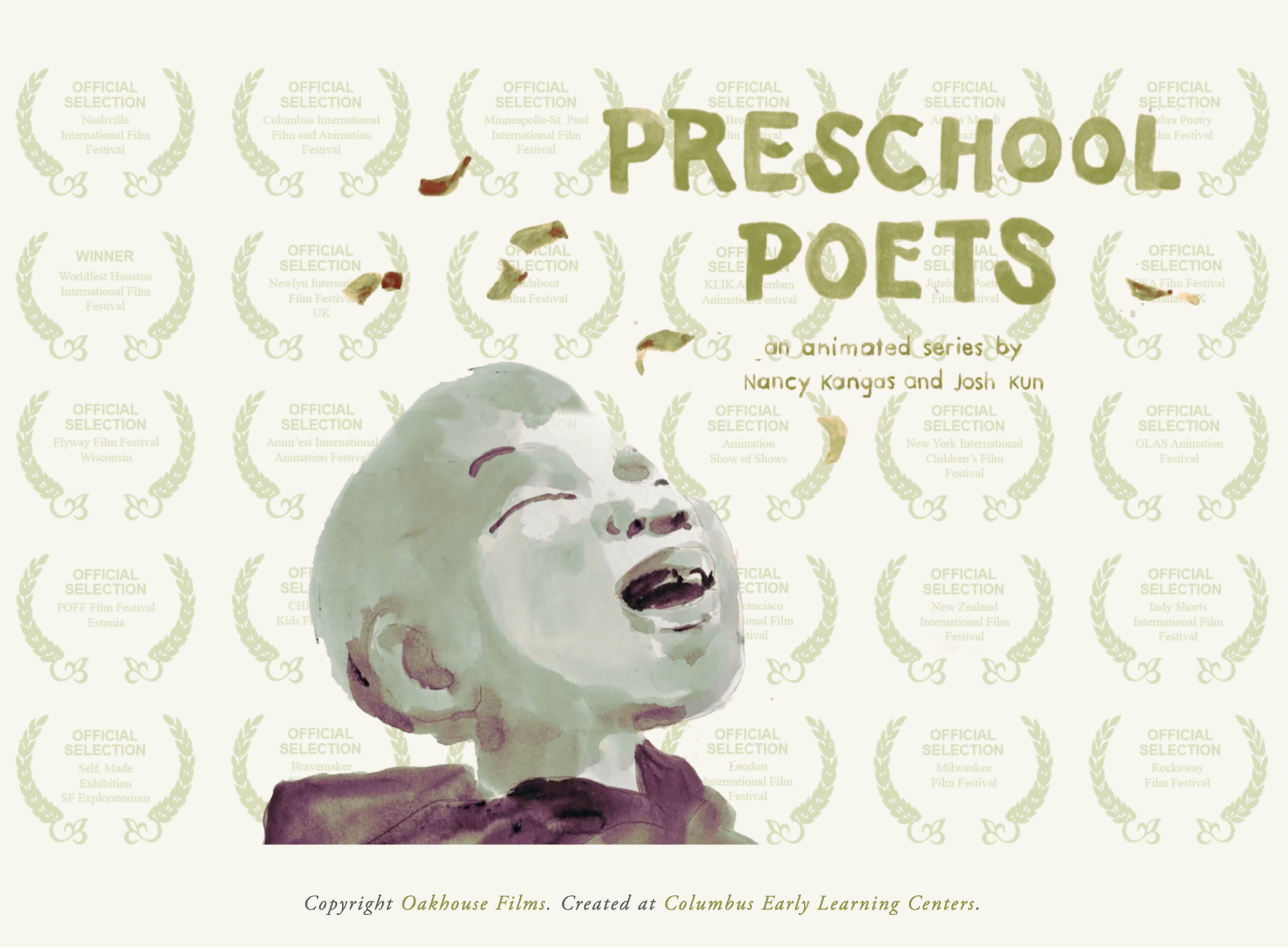A transition to school is not one singular event or day, but rather a process over time. Transitions can come at many times during a child and family’s life, and in an “ordinary” year, transitioning into preschool is a significant time that typically comes at the end of summer/early fall. Thinking about the transition into preschool can be overwhelming for a parent or caregiver. It is a time of major change in routines and expectations of being in a classroom and group setting which can be difficult for some children. In an “ordinary” year, children and families may have the opportunity to visit their preschool classroom, meet with their teachers, and possibly meet with other children in the class prior to the beginning of the school year. With the current COVID-19 pandemic, health restrictions and policies are much more restrictive. Early childhood centers and schools are doing drop offs outside the building, meaning parents or guardians are not being welcomed to drop off children in their classroom (which is considered a recommended strategy to ease the transition between home and school). While parents have rights when their children are in public schools, the current restrictions and policies are aimed to keep people as safe and healthy as possible and to stop the spread of COVID-19.
My area of research is learning more about how teachers are supporting families in their transition into preschool. This year my research world and parenting world have collided. With a toddler who is supposed to start in a preschool-3 classroom this fall, I am left with many questions about what this year will look like, including how we can support the transition into a classroom setting that looks quite different than it did in early 2020. I think many questions cannot yet be answered, but we can implement some strategies that have evidence to suggest that it could support the transition into school and ease the minds of already anxious parents.
- Use videos to share with families. Teachers can use videos to do virtual tours of the school. Teachers could send or post videos of classroom tours and also create individual videos of routines within the classroom (i.e. drop off area, putting things away in cubbies, washing hands, settings up and cleaning up lunch, etc.).
- Use technology for group and individual family communication. Setting up a zoom call with parents and children before the start of school can allow an opportunity for an introduction between teachers and parents. The teacher could do this call from their classroom and give a virtual tour of the class that is individualized to that student and family (i.e. showing the student their specific cubby or seat at a table or circle area). If parents are not available for a zoom meeting, teachers can create short individual videos to send to their students (no more than 20-30 seconds) to welcome them to their classroom community.
- Teachers are going to be required to wear masks if they are within 6 feet of students. This will likely be a majority of the time in an early childhood classroom. It is important for parents to help their children get used to adults wearing masks. Practice using masks at home and use simple language to help explain why we need to wear masks. We told our toddler that we wear masks so we don’t share germs with other people because we don’t want to get them sick. He will now remind us to put our masks on if we leave to go to the grocery store or other errands and will say “Don’t share your germs!”.
- There has been some concern that wearing a mask may make it difficult for children to read facial expressions and non-verbal communication from their teachers. There are teachers who may wear head and face coverings for religious or cultural reasons. Anecdotally, teachers in communities where face coverings are more typically seen have expressed that children do not have overt trouble in forming attachments, learning to talk, or learning about emotions. Moreover, it is difficult to find any research to suggest that teachers who wear face coverings are any less effective at teaching these important foundational skills. While seeing full facial expressions is a way to teach emotions to young children, teachers can also use children’s picture books to talk about and teach emotions as well as other strategies throughout the day.
As we continue to learn more information about the COVID-19 pandemic, there will likely be more changes to regulations, restrictions, and policies regarding the health and safety of our communities. Above all, teachers should remember their role in supporting the family, caring for and nurturing the child, and supporting social-emotional development to have long term success. Children learn through their experiences, so creating a positive experience will be impactful in supporting children and families through a transition in an anything-but-ordinary year.
Annie is an Assistant Professor at Fordham University’s Graduate School of Education in the Division of Curriculum & Teaching. She is an Early Career Scholar for the New York City Early Childhood Research Network and her current work is looking at teacher transition practices and strategies in UPK classrooms in New York City. She is currently the co-chair for the Leadership Community of Practice for the Division for Early Childhood under the Council for Exceptional Children, an Editorial Board Member for Education Research Quarterly, and a reviewer for the journals Infants and Young Children, International Child Care and Education Policy, and Young Exceptional Children.



